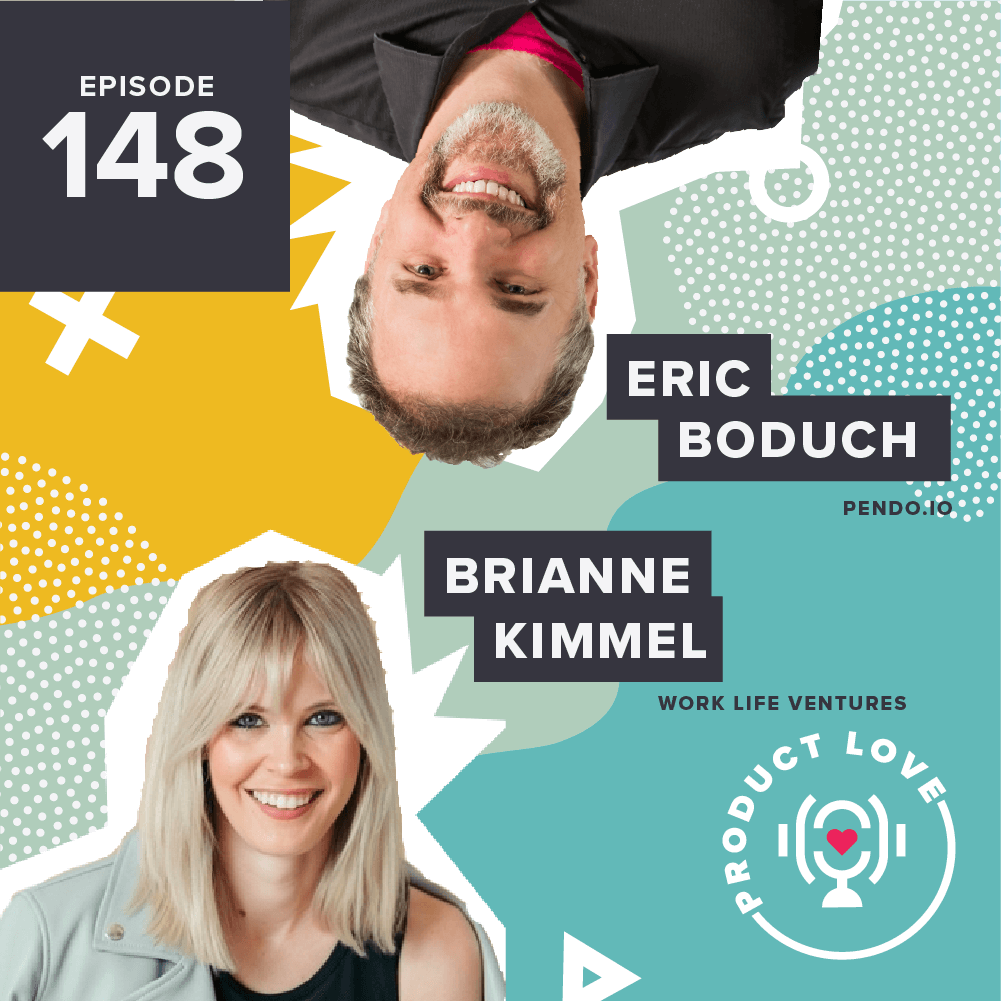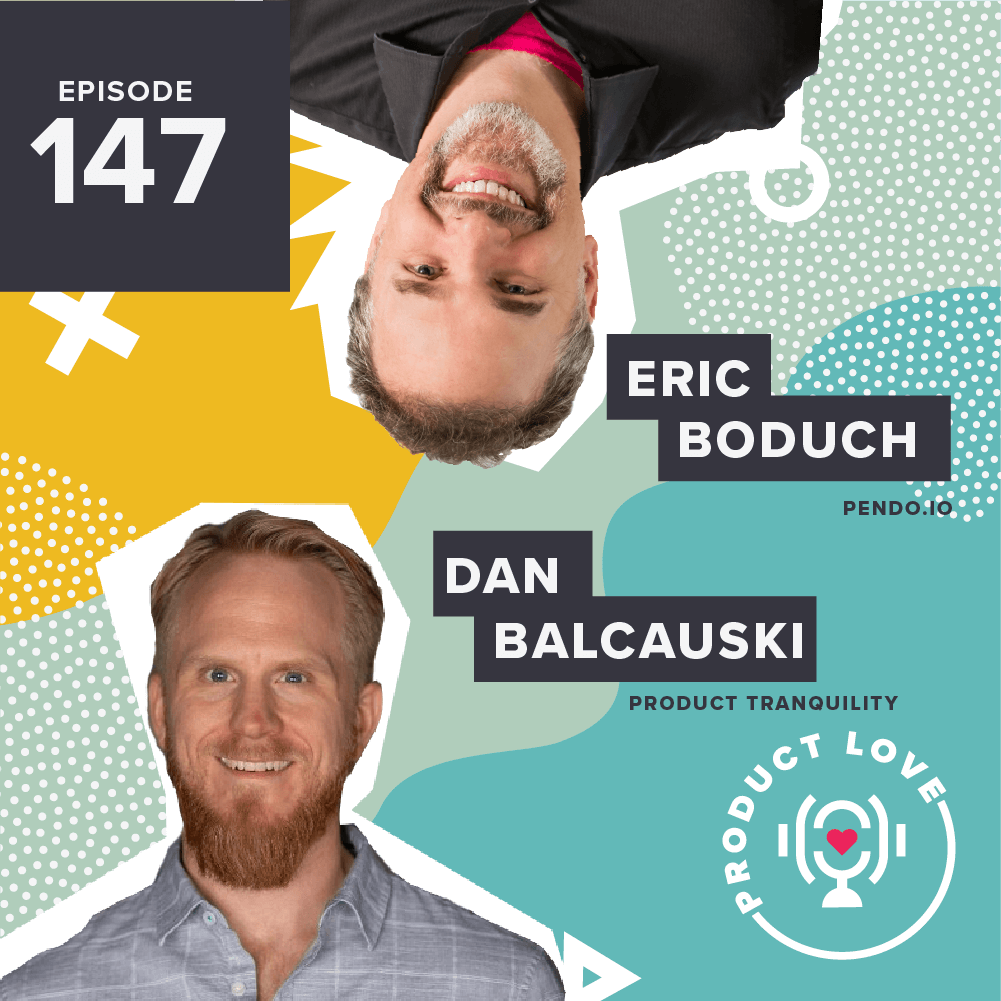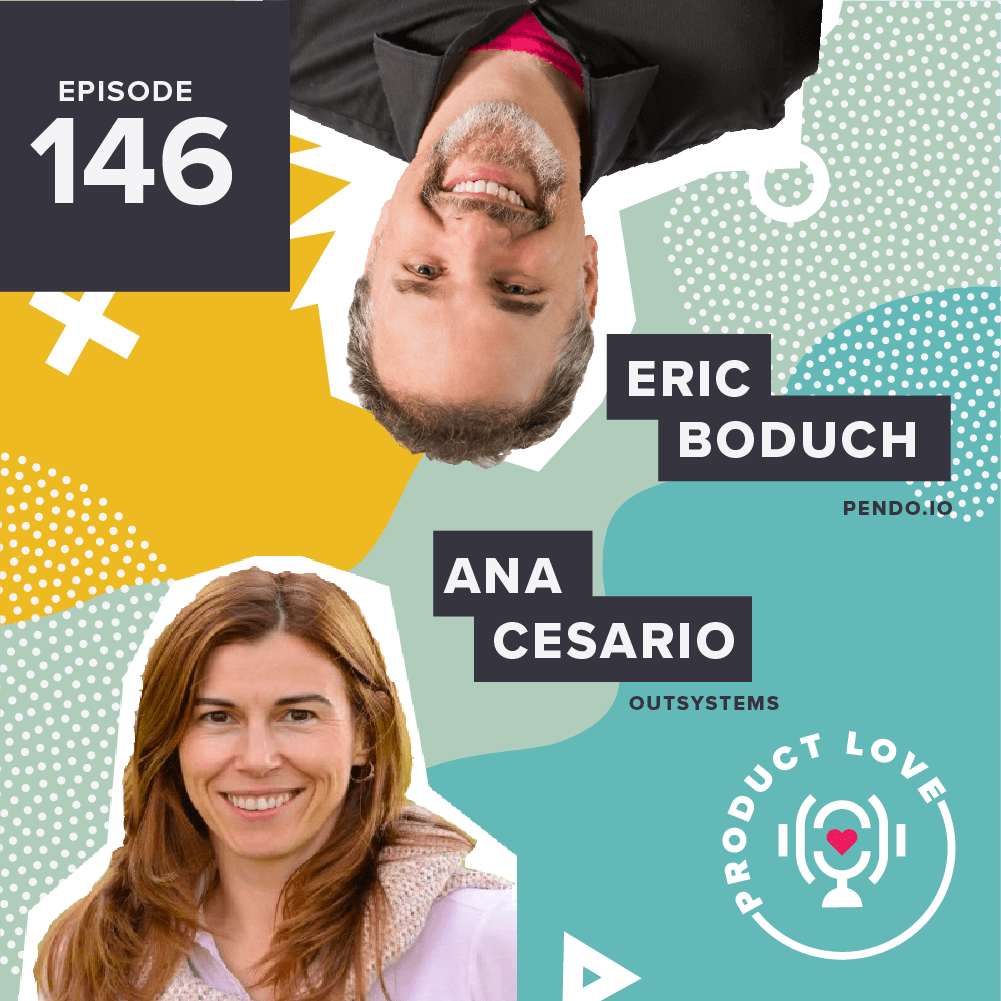This week on Product Love, I sat down with Wayne Duso, vice president of file storage, edge storage and computing, and data services at Amazon Web Services (AWS). He describes himself as a kind of “high-tech plumber.”
Wayne started his career as a software engineer at Digital Equipment Corporation, and then later moved on to EMC and finally, to AWS. Like most product people, Wayne describes his entry into the space as an “accident.” He moved out of his software engineering role into business development when it became a necessity, which eventually led him into product. Yet each of those experiences taught him important lessons about what matters most: customers.
Technologists, or more technically-minded people, often think they have the right idea when it comes to building for the customer. However, Wayne believed that his business development role allowed him to get closer to understanding his users. He was actively interacting with engineers, product people, and partners. It was a great opportunity to really listen and build better products.
This week on Product Love, we talk about staying focused on customer problems and building a culture that pushes for customer-centricity.
Customer-centricity
When it comes to solving problems for the customer, we might be naturally inclined to build what they literally want. This sometimes feels like the easiest option and a good way to fulfill the promise of being customer-centric. However, being customer-centric is actually a lot harder. Wayne believes that you need to listen more actively. What the customer suggests as a solution is definitely not always the right solution.
Instead, product people need to figure out what their customers are thinking. What’s the context of their issue? Wayne suggests focusing on the customer’s problem set, not their perceived solution set. Their perceived solution set could get you working within their own constraints, rather than using your own resources.
Wayne also recommends marrying customer anecdotes with data. After you figure out what customers are really struggling with, collect data on what they’re actually doing. Customers’ thoughts and user behavior might not always align, and that could lead to a world of potential insights.
If you start off by thinking about what the customer needs, combining anecdotes, data, and the technology that exists today with a strong understanding of how the product gets deployed to customers, that’s an example of proactive instrumentation. You’re constantly collecting data points. And if you live in that cycle, you’re immersed in your customer’s world.
Amazon’s culture
I asked Wayne why he believed Amazon has stayed so strong over the years. He says the answer lies within the culture. Everyone’s familiar with the popular Amazon mantra — they’re the “most customer-centric company on Earth.” Building for the customer is baked into their culture. His previous two companies might have not have steered the same course as Amazon, because their culture changed and eroded as they grew.
When companies scale, they often think about scaling their team or product. However, there’s not enough dialogue around how they’re scaling their culture. When companies grow quickly, they’re inclined to become more focused on quarterly results and less invested in the product. Wayne believes that they need to stay the course of being product-focused. That’s how Amazon survived the many tech bubbles of the last two decades.
Want to know what Wayne looks for in product managers? Or about his favorite phrase, “highly disrupted value?” Check out the episode above.


